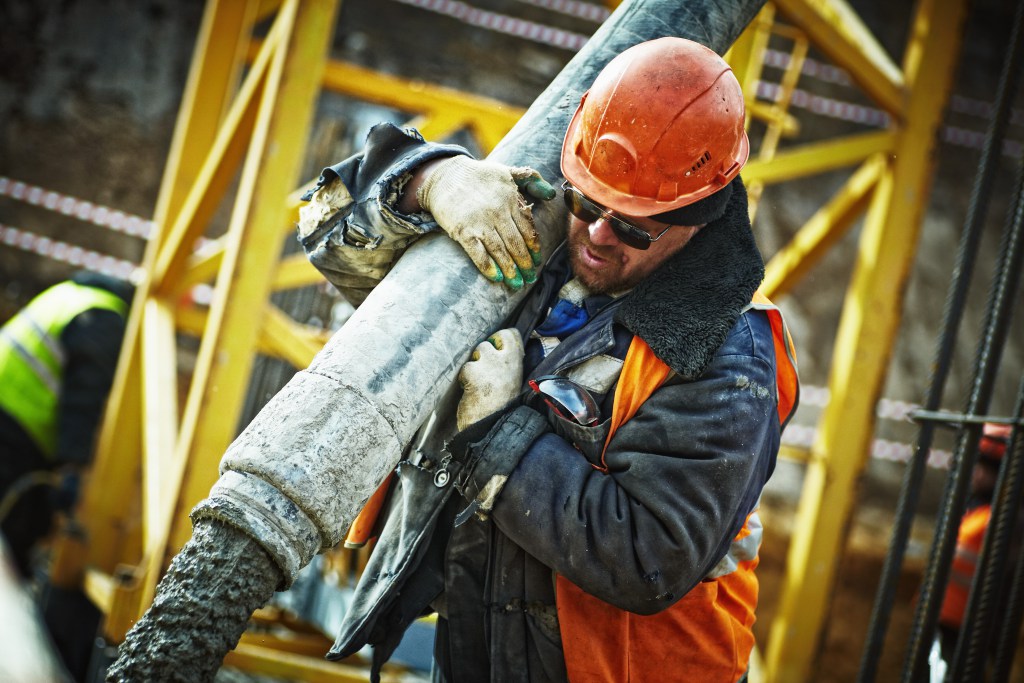Real estate is an investment that is often won – or lost – on the margins. While unusual macroeconomic trends and catastrophic events can create an overwhelming environment that makes either success or failure inevitable, the more common dynamic is for relatively small, incremental developments and decisions to make the difference. Savvy real estate developers understand this and are always on the lookout for an edge over the competition.
This is the case with construction as much as in any other sector of real estate. While “wired homes” and “Artificial Intelligence” are becoming popular features of single family homes, the technology of a different sort is bringing new value opportunities to the construction industry. From doing the heavy lifting to performing tasks with precision, construction robots are getting the job done and reducing costs.
Generally Skilled Robotics on Development Sites
Some construction robots are jacks-of-all-trades designed to assist the human worker by proving strength and endurance. EksoBionics is a San Francisco-based company focused on the development of powerful systems that complement human movement. While this has applications for those who have lost the use of limbs, it also pays off at the construction site.
Devices which hold heavy construction tools in place and allow the operator to move the tool without holding the weight show great promise. The key to this type of augmented strength is a simple interface that “reads” the motions of the worker independent of any keypad or joystick. Without this ease-of-use the difficulty of positioning the tool outweighs the benefits of augmented muscle power.
This same idea is being applied by Piaggio Fast Forward, a company that has coined the term “granular mobility”. This idea is that humans move through very difficult environments with relative ease. While self-driving cars can operate on well-defined roads, a worker or robot on a construction site needs to navigate through a much more complex maze.
Their robot GITA can carry what a human can carry, go where a human can go, and can learn from following a human. It is designed to augment human physical abilities by following a human being and carrying a load of items for that person. The robot learns as it goes and so can retrace its steps and go back to pick up another load. This clearly has multiple applications at construction sites.
Specialty Technology in Real Estate
Other companies take a more narrow approach to new technology, including the use of 3D printing with concrete. This technology uses large scale machines and concrete the way small scale printers use plastic. Instead of pouring concrete into forms, these printers use a concrete and fiberglass blend to manufacture precision building components.
Future developments include the possibility of printing entire buildings on site. This dramatically reduces costs because it reduces construction time to a single day. The technique results in concrete that is 50% stronger than conventional poured concrete. These attributes are so valuable that the US military is exploring this technology.
Combing the ability to move heavy loads with precise, repetitive movements is the job of the bricklayer, so it should be no surprise that the construction industry has developed a robot to do this job. The Semi-Autonomous Mason (SAM) can put down three times the number of bricks as a skilled mason and do it with greater precision.
Moving robotic technology off the manufacturing floor and into the construction site means that real estate developers will be able to enjoy some of the cost benefits that car manufacturers have experienced. Early adopters of these technologies will have a competitive advantage but also face the greatest hurdles from unions and employees. However, history has shown that technology as powerful as robotic construction will inevitably play a major role in real estate.


